If you have a newly constructed building or house, it means that the soil in that area has undergone a lot of damage during the process. So it is only natural to amend the soil, especially if you're planning to start or improve your landscaping project. That's why we researched about it, and here is how you amend a new construction soil.
To amend the soil before you start your landscaping project, here is how you do it:
- Mix a lot of compost or other organic materials into your soil. This procedure must be carried out before planting trees and shrubs because digging can severely harm roots.
- Incorporate the amendments into the top 10"-12" of soil with a shovel or digging fork.
- Before sod is spread on your entire lawn or in a sizable planting bed, combine amendments there.
But, if you have already started establishing the landscape of your newly constructed property, here is how to amend the soil:
- Wrap other plants and trees in mulch.
- Leave your grass and leaf litter where it is.
- Use compost to fertilize instead of chemicals.
- Aerate your lawn.
- Schedule the watering wisely.
Continue reading as we discuss how a new construction damages the soil. Additionally, we'll cover how soil amendments help your soil. We'll also talk about the types of amendments you can use, how to add them to different soil types, and when is the best time to do so.
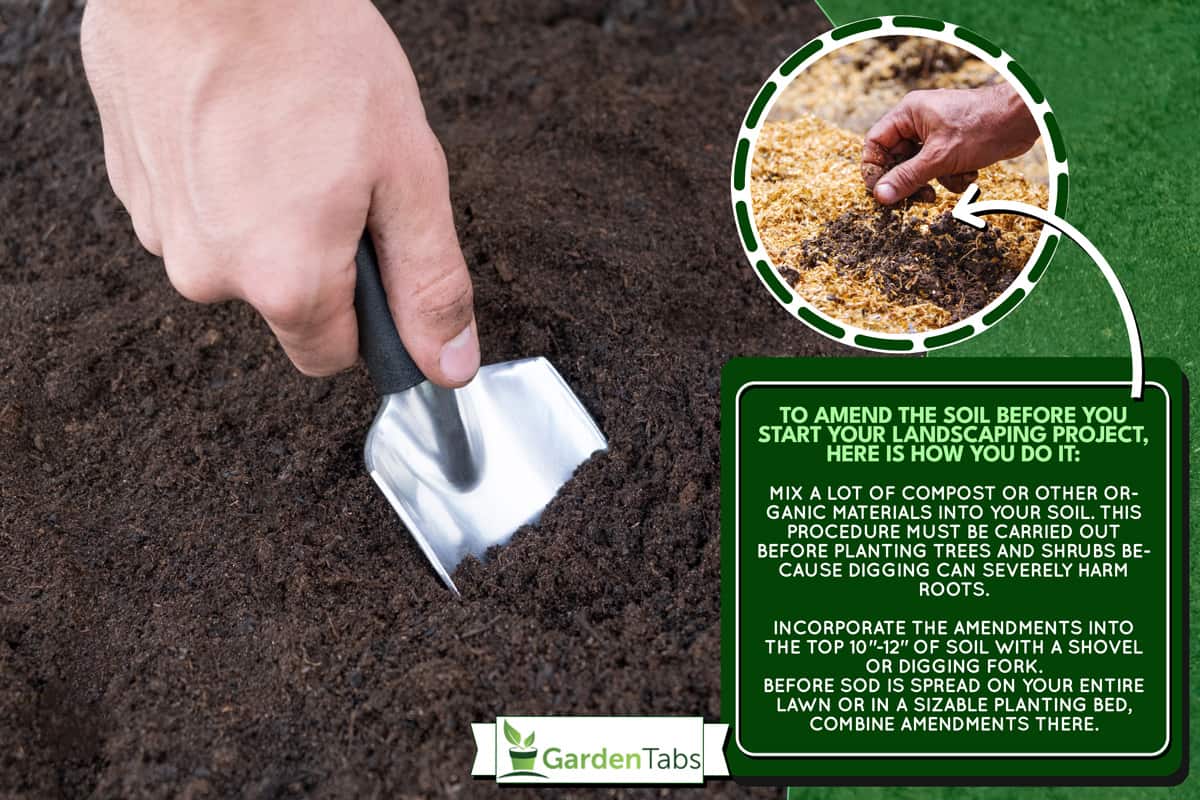
How Does New Construction Damage The Soil?
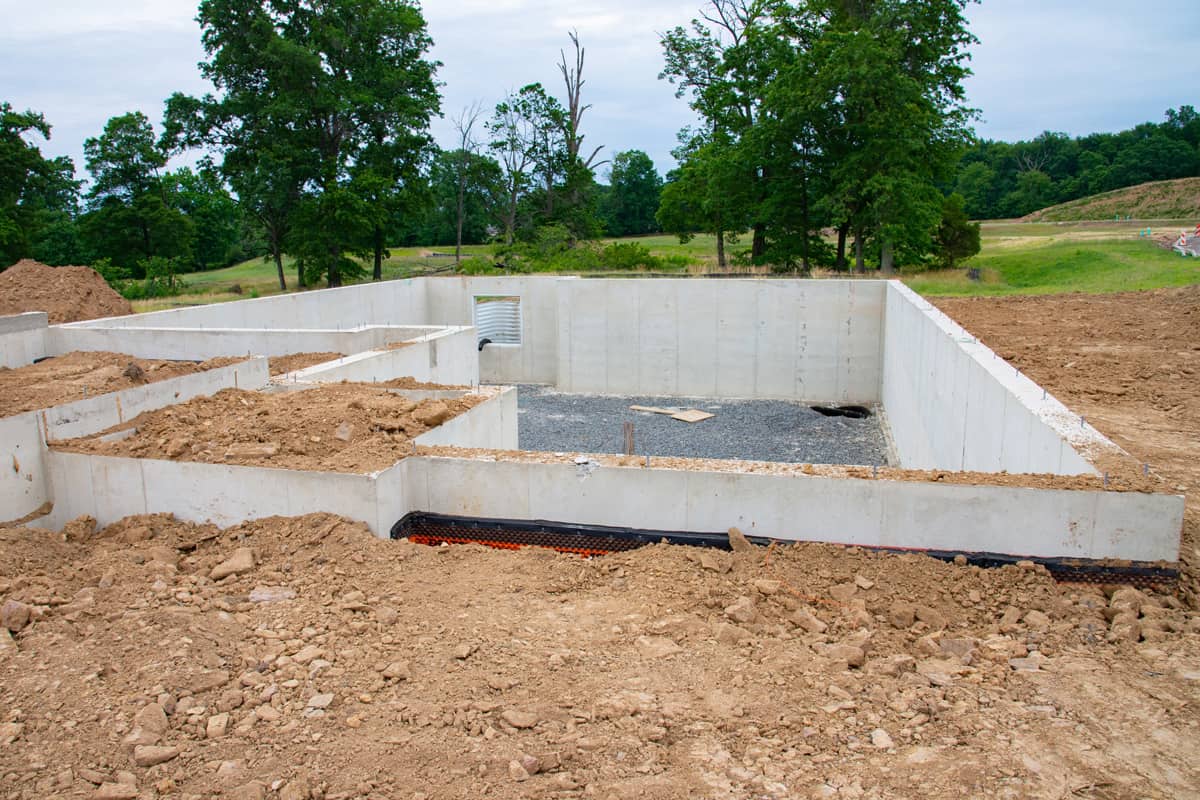
A basic and unique natural resource is soil. Its primary purposes include maintaining wildlife, supplying food and raw resources, and controlling water flow.
Made soils can be greatly mixed and altered as a result of grading, cleaning equipment, equipment movement, and other activities in areas that have undergone construction.
The fertility, pH, compaction, and drainage of these soils might vary from foot to foot. As a result, little valuable information about the traits and capabilities of construction-damaged soils can be gleaned from soil maps.
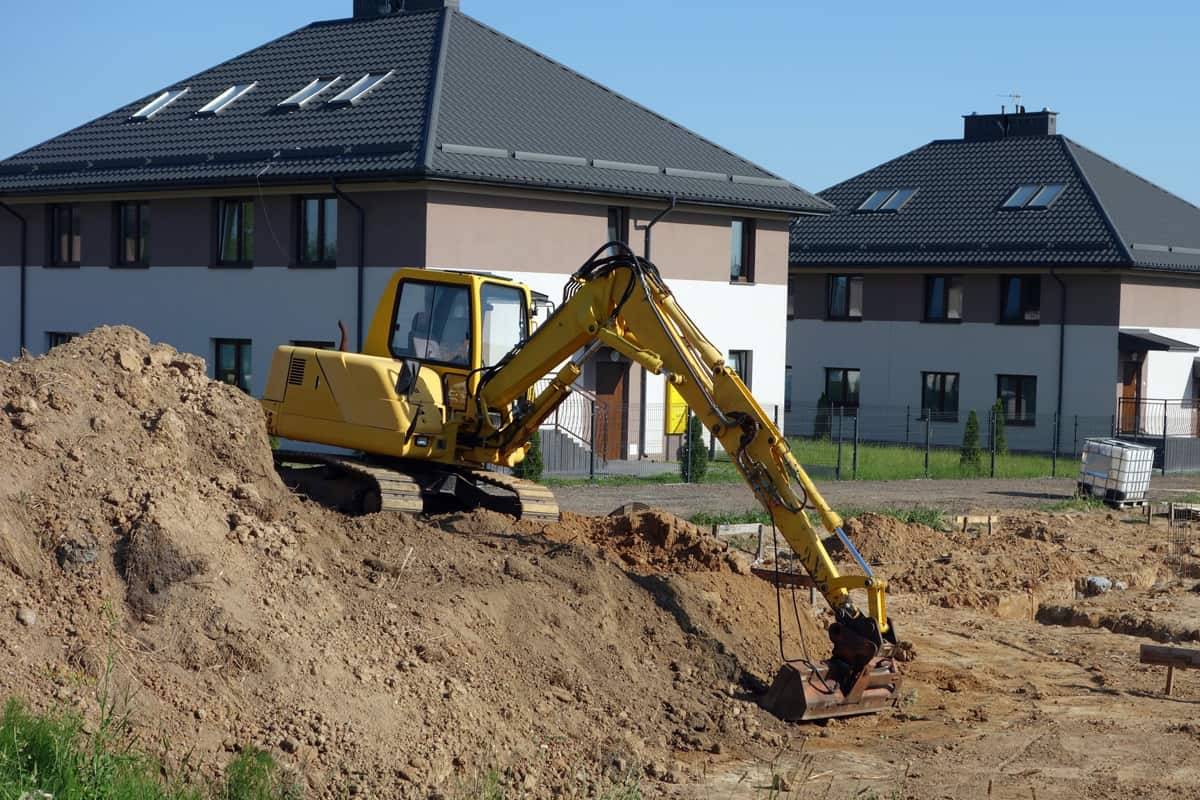
Furthermore, by crushing the soil structure, either manually or mechanically, compaction prevents root, water, and air movement.
Construction sites frequently strip and remove organic soils, leaving compacted, primarily clay soils behind. Transition zones are frequently impermeable barriers to water, air, and roots that are created when one type of soil is dumped on top of another.
You must be aware of the properties and capabilities of the soil you're going to plant in, especially if it was disturbed by a building, to ensure that trees and plants develop well.
How Do Amendments Help The Soil?
Here is how soil amendments help improve the quality of your soil:
- By improving your soil, you might be able to lower the amount of water that a newly planted garden needs. The addition of an organic mulch on the soil's surface, which will inhibit evaporation compared to bare soil, can boost this impact.
- The quantity and activity of soil organisms are also increased by adding organic amendments. Healthy soil will gradually provide more of the nutrients your plants need, reducing the need for fertilizer.
- Although it may surprise you, improving the soil with organic matter also helps safeguard the ecosystem and water quality. Organic soil amendments make for improved water sponging. Less water runs off the surface because the soil absorbs more water.
- Additionally, amending the soil before establishing turf can improve the environment for root growth, which can help a new lawn start well. In the summer, healthy lawns with deep root systems need less water and are more weed-resistant.
What Are The Types Of Soil Amendments You Can Use?
In general, there are two types of soil amendments:
- inorganic (man-made), and
- organic (produced using naturally existing materials).
Each variety has unique applications, advantages, and drawbacks.
Inorganic/Man-Made Amendment
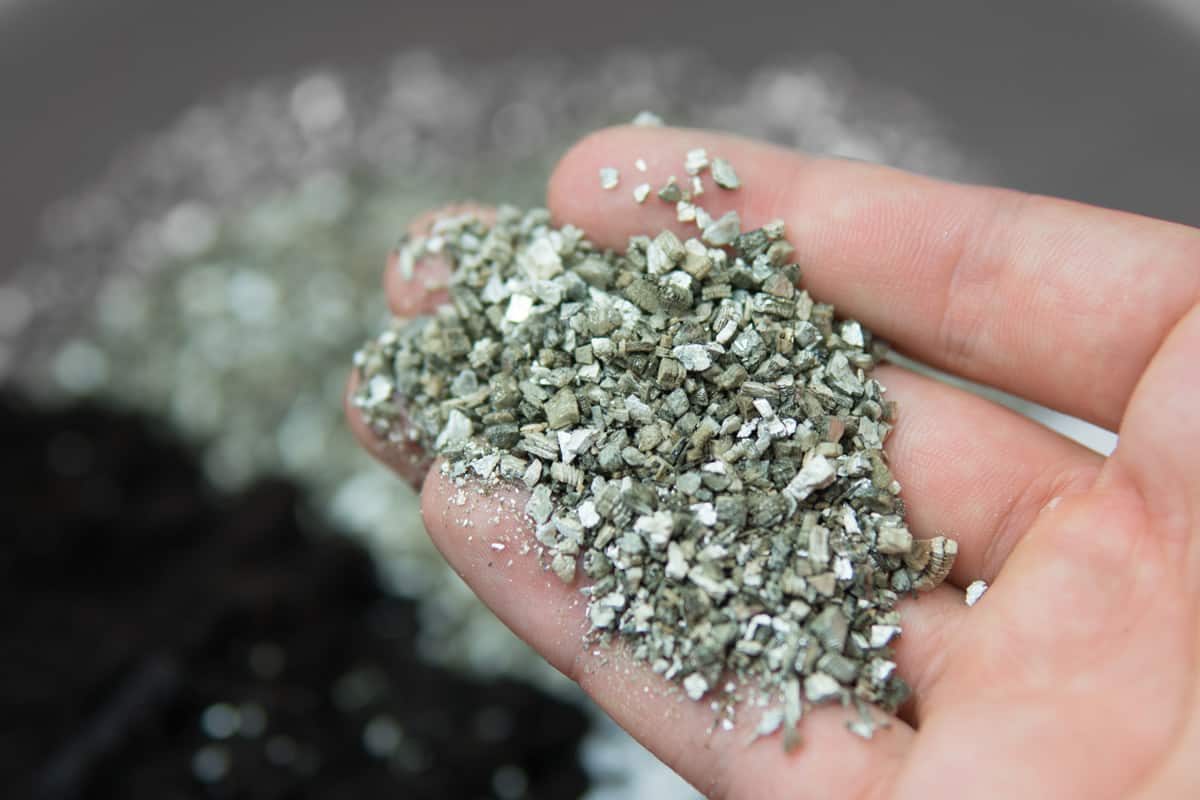
While adding only a small amount of nutrients other than macronutrients like nitrogen, phosphorous, and potassium, inorganic soil amendments can immediately improve the physical characteristics of soil, such as drainage and porosity.
Sand, pea gravel, tire fragments, vermiculite, and perlite are examples of inorganic amendments.
Organic Amendment
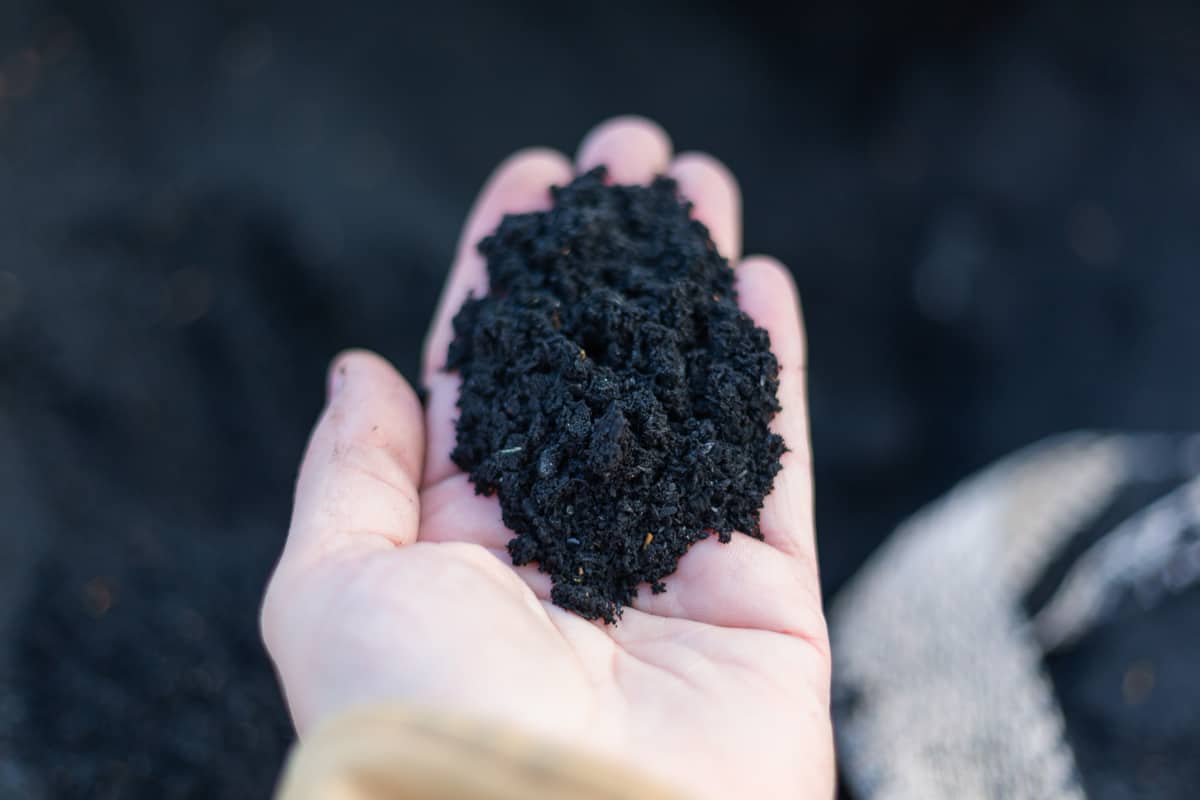
Given that they enhance the soil's qualities, soil supplements made from organic resources can serve as organic fertilizers. Healthy plant growth will be promoted by a consistent and stable supply of nutrients.
Beneficial worms, beneficial fungi, and bacteria all rely on the soil's organic matter for energy, and they will decompose organic soil additives.
Here are some organic amendments and how they help improve your soil:
Garden Soil
Instead of being used in pots or raised beds, garden soil is a soil supplement for in-ground use. To increase aeration and moisture retention, work it into your current soil. Fertilizers may also be present in garden soil to feed your plants.
Composted Manure
Farm byproducts like composted manure have no smell. It also nourishes the soil while enhancing aeration and moisture retention. Manure that has been dehydrated has less moisture than regular manure.
Sphagnum Peat Moss
Water is gradually released for plant roots to use after being absorbed by sphagnum peat moss. It aerates clay soil by lightening it and provides mass to sandy soil to stop nutrients from leaking.
Sphagnum peat moss is different from ornamental sphagnum moss, which is frequently used in floral arrangements.
Topsoil
Topsoil is used to make repairs to your lawn or garden, such as patching up degraded sections, leveling out uneven terrain, etc. Use only topsoil for planting or potting if you combine it with other amendments like peat moss, old wood bark, vermiculite, perlite, and composted manure.
Mushroom Compost
Straw, peat moss, and other organic materials are combined to create mushroom compost, which is designed for use in industrial mushroom production. The mixture is utilized for one growing cycle before being packaged as an addition to the backyard garden.
Coconut Coir
This material acts as a soil conditioner that aids in soil water retention. In comparison to peat moss, this substance is more environmentally friendly.
How To Amend Different Soil Types?
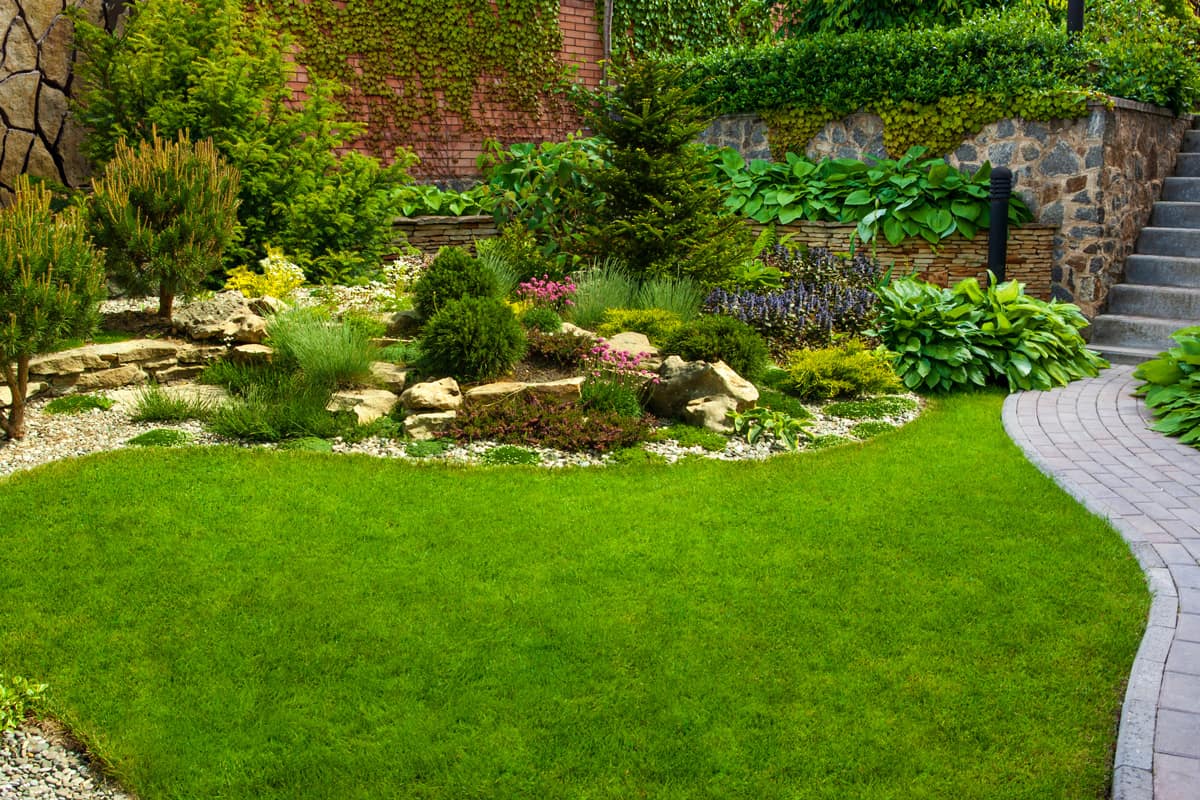
Knowing your garden's soil type will help you make the appropriate amendments. How to handle each kind of soil is as follows:
Soil Type |
Characteristics |
How To Amend |
Clay Soil |
The excessive water retention of clay soils causes them to clump up and quickly compact. |
|
Sandy Soil |
Sandy soils lose their ability to hold onto nutrients and dry up quickly. |
|
Silty Soil |
Silty soils are more prone to erosion but can hold water and nutrients. |
|
Loam |
The best combination of the three soil types is loam, which may be planted in without needing a lot of amendment. |
|
When Is The Best Time To Amend Soil?
The fall is the ideal season to enrich the soil for these two reasons:
- Until spring, most plants have finished growing, making it simpler to clear debris and maneuver around them.
- Compared to the rainy spring, the weather is better for amending the soil.
How To Know If The Amendment Is Successful?
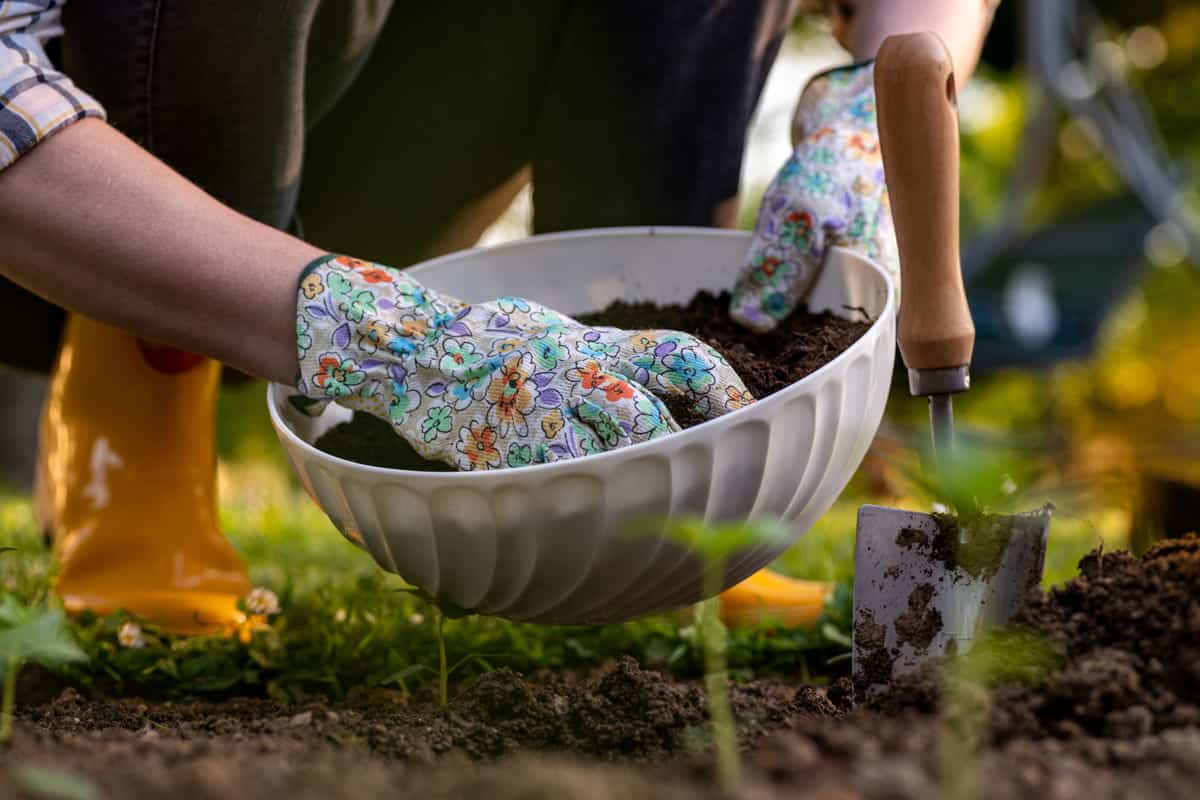
The best way to check the success of your soil amendment is through a soil test. However, you can physically inspect the soil, and you'll know it is successful when:
- There is a layer of organic material, and the topsoil layer has a deeper hue.
- Water percolates rather than dries up.
- Gradually, the clay-like texture disappears, and more air pockets are visible.
- It's simpler to dig in.
- When you dig, you can see more worms.
In Conclusion
Improving soil quality through soil amendment is a good choice. Not only does it help in ensuring that your plants grow healthy, but it also boosts the environment around you.
You can either use organic or inorganic amendments, whichever suits your needs. Although, you have to be careful since not every amendment works for all soil types.
If you enjoyed this post, check these related articles to learn more:
Can I Use Play Sand To Amend Soil?
How To Amend Soil Around Existing Plants, Trees, And/Or Shrubs?
